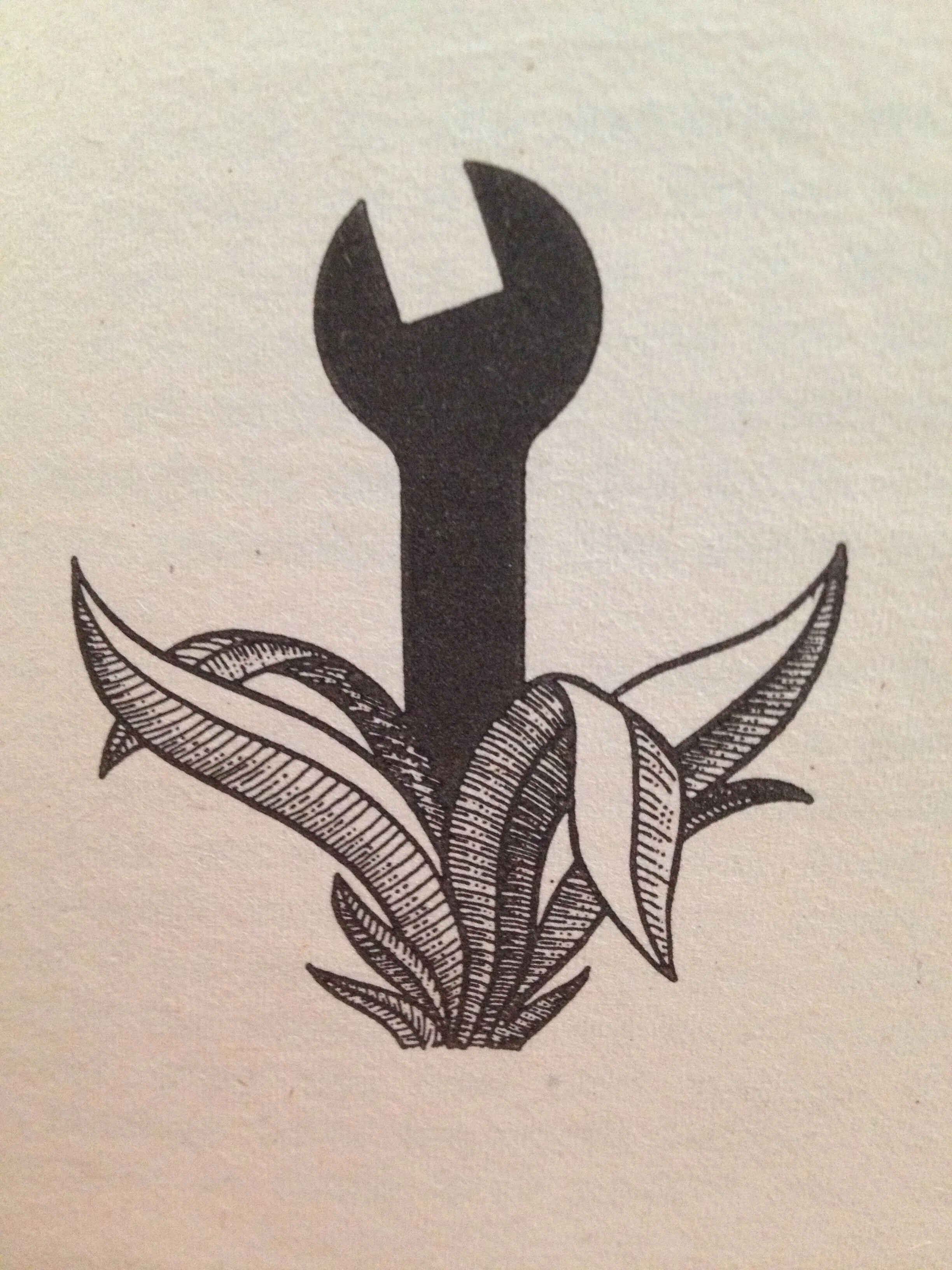20 : Stuckness Part 1/3
/Where do hypotheses comes from? Think about it. Really think about it. What part of the scientific method tells you were to look for new hypotheses to test? This may seem like a minor oversight, but it isn’t. It’s actually a glaring blind spot, a vast chasm in the mountain of rationality itself. This is Part 1 of 3, and if you figure this out, you’ll never run out of new hypotheses again.
Stuckness. That’s what I want to talk about today.
Back on our trip out of Miles City you’ll remember I talked about how formal scientific method could be applied to the repair of a motorcycle through the study of chains of cause and effect and the application of experimental method to determine these chains. The purpose then was to show what was meant by classic rationality.
Now I want to show that that classic pattern of rationality can be tremendously improved, expanded and made far more effective through the formal recognition of Quality in its operation. Before doing this, however, I should go over some of the negative aspects of traditional maintenance to show just where the problems are.
The first is stuckness, a mental stuckness that accompanies the physical stuckness of whatever it is you’re working on. A screw sticks, for example, on a side cover assembly. You check the manual to see if there might be any special cause for this screw to come off so hard, but all it says is "Remove side cover plate" in that wonderful terse technical style that never tells you what you want to know. There’s no earlier procedure left undone that might cause the cover screws to stick.
If you’re experienced you’d probably apply a penetrating liquid and an impact driver at this point. But suppose you’re inexperienced and you attach a self-locking plier wrench to the shank of your screwdriver and really twist it hard, a procedure you’ve had success with in the past, but which this time succeeds only in tearing the slot of the screw.
Your mind was already thinking ahead to what you would do when the cover plate was off, and so it takes a little time to realize that this irritating minor annoyance of a torn screw slot isn’t just irritating and minor. You’re stuck. Stopped. Terminated. It’s absolutely stopped you from fixing the motorcycle.
This isn’t a rare scene in science or technology. This is the commonest scene of all. Just plain stuck. In traditional maintenance this is the worst of all moments, so bad that you have avoided even thinking about it before you come to it.
The book’s no good to you now. Neither is scientific reason. You don’t need any scientific experiments to find out what’s wrong. It’s obvious what’s wrong. What you need is an hypothesis for how you’re going to get that slotless screw out of there and scientific method doesn’t provide any of these hypotheses. It operates only after they’re around.
This is the zero moment of consciousness. Stuck. No answer. Honked. Kaput. It’s a miserable experience emotionally. You’re losing time. You’re incompetent. You don’t know what you’re doing. You should be ashamed of yourself. You should take the machine to a real mechanic who knows how to figure these things out.
It’s normal at this point for the fear-anger syndrome to take over and make you want to hammer on that side plate with a chisel, to pound it off with a sledge if necessary. You think about it, and the more you think about it the more you’re inclined to take the whole machine to a high bridge and drop it off. It’s just outrageous that a tiny little slot of a screw can defeat you so totally.
What you’re up against is the great unknown, the void of all Western thought. You need some ideas, some hypotheses. Traditional scientific method, unfortunately, has never quite gotten around to say exactly where to pick up more of these hypotheses. Traditional scientific method has always been at the very best, 20-20 hindsight. It’s good for seeing where you’ve been. It’s good for testing the truth of what you think you know, but it can’t tell you where you ought to go, unless where you ought to go is a continuation of where you were going in the past. Creativity, originality, inventiveness, intuition, imagination..."unstuckness," in other words...are completely outside its domain.
We’re still stuck on that screw and the only way it’s going to get unstuck is by abandoning further examination of the screw according to traditional scientific method. That won’t work. What we have to do is examine traditional scientific method in the light of that stuck screw.
We have been looking at that screw "objectively." According to the doctrine of "objectivity," which is integral with traditional scientific method, what we like or don’t like about that screw has nothing to do with our correct thinking. We should not evaluate what we see. We should keep our mind a blank tablet which nature fills for us, and then reason disinterestedly from the facts we observe.
But when we stop and think about it disinterestedly, in terms of this stuck screw, we begin to see that this whole idea of disinterested observation is silly. Where are those facts? What are we going to observe disinterestedly? The torn slot? The immovable side cover plate? The color of the paint job? The speedometer? The sissy bar? As Poincaré would have said, there are an infinite number of facts about the motorcycle, and the right ones don’t just dance up and introduce themselves. The right facts, the ones we really need, are not only passive, they are damned elusive, and we’re not going to just sit back and "observe" them. We’re going to have to be in there looking for them or we’re going to be here a long time. Forever. As Poincaré pointed out, there must be a subliminal choice of what facts we observe.
The difference between a good mechanic and a bad one, like the difference between a good mathematician and a bad one, is precisely this ability to select the good facts from the bad ones on the basis of quality. He has to care! This is an ability about which formal traditional scientific method has nothing to say. It’s long past time to take a closer look at this qualitative preselection of facts which has seemed so scrupulously ignored by those who make so much of these facts after they are "observed." I think that it will be found that a formal acknowledgment of the role of Quality in the scientific process doesn’t destroy the empirical vision at all. It expands it, strengthens it and brings it far closer to actual scientific practice.
I think the basic fault that underlies the problem of stuckness is traditional rationality’s insistence upon "objectivity," a doctrine that there is a divided reality of subject and object. For true science to take place these must be rigidly separate from each other. "You are the mechanic. There is the motorcycle. You are forever apart from one another. You do this to it. You do that to it. These will be the results."
This eternally dualistic subject-object way of approaching the motorcycle sounds right to us because we’re used to it. But it’s not right. It’s always been an artificial interpretation superimposed on reality. It’s never been reality itself. When this duality is completely accepted a certain nondivided relationship between the mechanic and motorcycle, a craftsmanlike feeling for the work, is destroyed. When traditional rationality divides the world into subjects and objects it shuts out Quality, and when you’re really stuck it’s Quality, not any subjects or objects, that tells you where you ought to go.
By returning our attention to Quality it is hoped that we can get technological work out of the noncaring subject-object dualism and back into craftsmanlike self-involved reality again, which will reveal to us the facts we need when we are stuck.
- from Zen and the Art of Motorcycle Maintenance by Robert Pirsig


